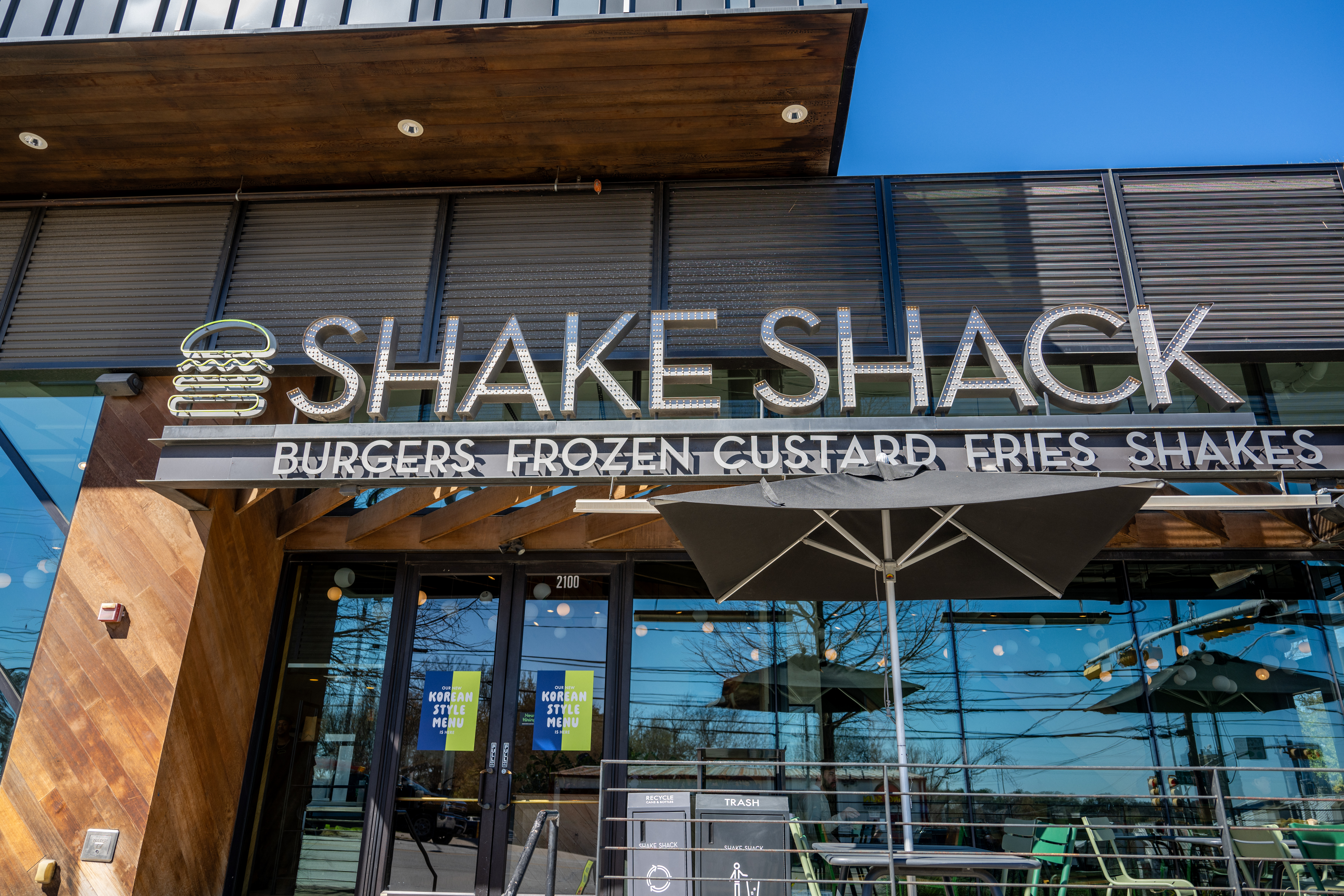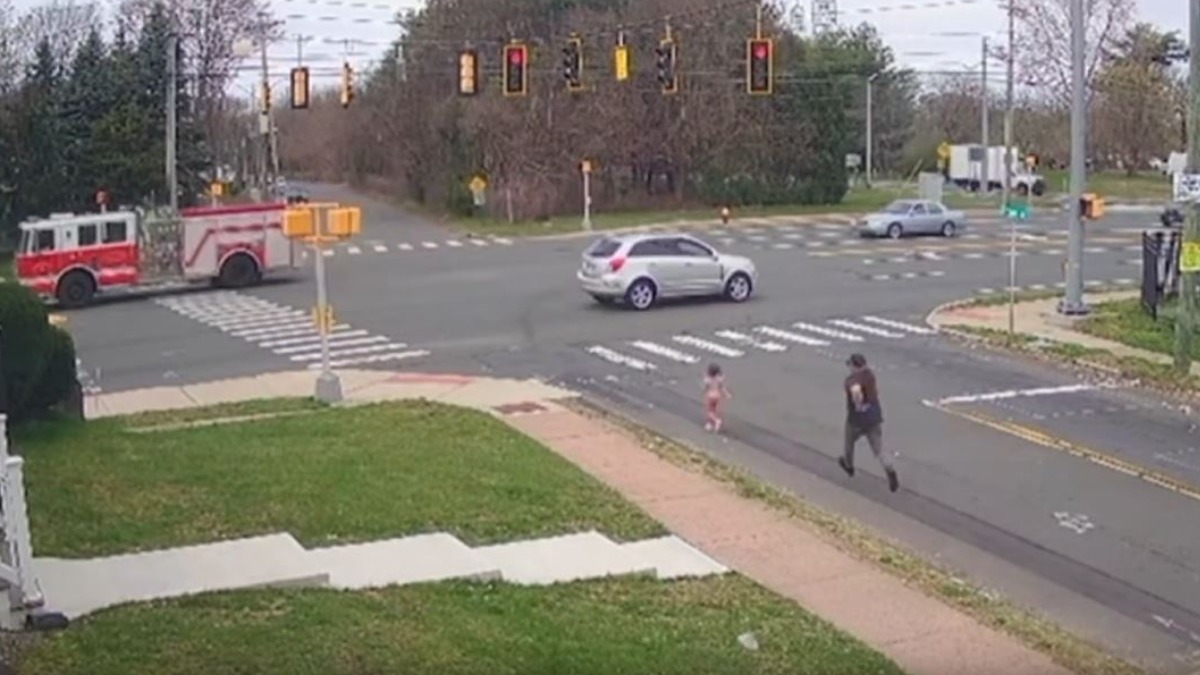On Wednesday, Connecticut’s positivity rate sat a point lower than it did the day before, but state officials said the next few weeks will be crucial as we head into the holidays, a time typically filled with family gatherings.
The White House is also raising a red flag as the state hits key metrics not seen since mid-May.
The most recent White House coronavirus task force report shows Connecticut joining the growing list of states in the red late last month. With 101 cases or more per 100,000 people, Connecticut ranks better than most of the country, sitting 31st.
“It’s nothing new, nothing we don’t already know. We’re very aware of what our situation is and the actions we need to take to try to control COVID,” said Josh Geballe, the chief operating officer for the state of Connecticut.
Geballe pointed out that some of the information in the report was inaccurate. For instance, the report shows Connecticut 18th lowest in the nation for its positivity rate. However, Geballe said the state is actually seventh lowest and called the data “all wrong.”
While the task force put Connecticut in the red for the number of cases, it put it in the orange for a positivity rating between eight and 10%.
“We test among the top five in the nation, so we’re picking up many more of the infections. There’s a lot of other states that test a lot less so they’re not going to have as many cases because they’re not testing as much,” Geballe pointed out.
Local
The task force commended Governor Ned Lamont’s forward-leaning positions and the measures the state has taken to curb the virus’s spread.
Citing the state’s ever-increasing number of cases and hospitalizations, some say another shutdown is in order.
“I feel like it’s coming,” said Meghan Flynn of Portland.
“If they really want to stop it, they kind of have to have people put in place and not be able to go anywhere,” added Michael Castro of Bristol. “I know nobody wants that to happen but unfortunately I think the rest of the world is doing the proper thing.”
The weekly report from the feds, shared privately with states, was published by the Center for Public Integrity. In it, the White House warns Connecticut leaders that the risk of contracting the virus is at a historic high nationwide.
“If you’re in a group of 10 people right now the odds of someone in that group potentially having COVID and not even knowing it is uncomfortably high right now,” Geballe explained.
The Lamont administration is worried that a rollback could actually backfire.
“Any action, as he always points out, has a reaction. If you close indoor dining and you’ve got six people out to dinner do you just push them to somebody’s living room where they’re still not going to be wearing masks and the risk is just as high,” said Geballe.
According to the report, 88% of all counties in the state have moderate to high levels of community transmission. However, Fairfield, New Haven, and Hartford make up nearly 80% of the cases.
“The holidays is gonna tell the story. We’re going to go backwards a little but and we’re going to have to buckle down,” guessed Tom Descena of East Haddam.
Both the state and the federal government continue to recommend that people stay home and avoid sleepovers and dinner parties.
“The kinds of things that you can’t legislate but that we really need everybody to try to make those little sacrifices right now,” said Geballe.
Millicent Cox said she thought people might take the restrictions more seriously if government guidelines were more clear.
“Where they just put a line out there, if we cross this line then I will mandate tougher restrictions. If we had a set-up like that, where people could just clearly know what’s in our control,” she explained.
“There’s no one line in the sand,” said Geballe.
The state’s chief operating officer, who has worked closely with the governor on pandemic protocols, says hospitalizations continue to be a key metric but when asked what the threshold is for a reopening rollback, Geballe explained that the issue is more complicated.
“These hospital systems are very complex, they can move pieces around, capacity around to adjust to what the needs are,” he said. “It’s a very complex equation that the governor’s looking at every day.”
Wednesday, Geballe said the state was averaging 77% capacity at its hospitals and 59% in the ICUs.
“Some hospitals, ICUs are 90% full and others are 10% full,” he said, noting that hospitals have the ability to transfer patients to those less burdened by the pandemic.
Among the recommendations from the task force are that those over 65 should not enter indoor spaces where masks aren’t being worn. It says they should also have groceries and medications delivered. Additionally, those in that age group with pre-existing conditions who’ve gathered outside their household should be tested immediately, as therapeutics are more effective in the early stages of transmission.
The task force also says anyone under 40 who gathered outside their household for Thanksgiving should assume they’ve been infected.
The task force recommends that all universities planning to bring students back after winter break should start planning now for weekly mandatory tests of all on and off-campus students.
“It’s so easy. It’s in and out. You schedule an appointment and you’re with it all semester,” said Flynn whose Massachusetts college performed weekly testing during the fall semester.
Meghan Flynn, a college freshman in Massachusetts, says her school is already doing that.
“I honestly think we have a good system there,” she added.



